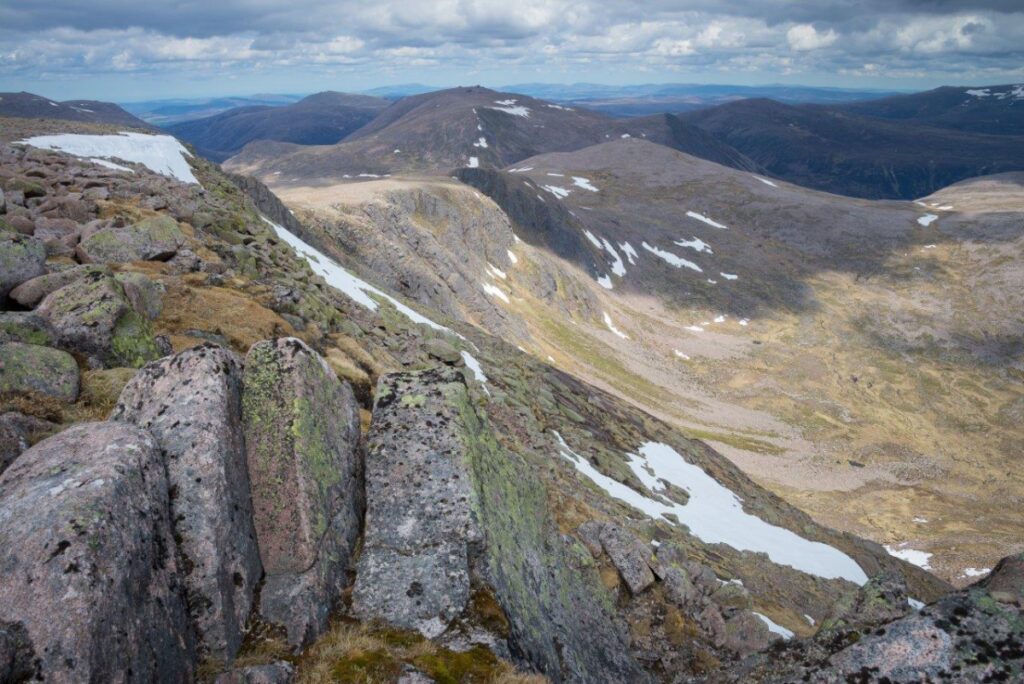SCOTTISH scientists are recruiting hillwalkers for a citizen science project to create the first map of alpine soil biodiversity across mountains.
By collecting soil samples from Scotland’s highest mountains, walkers will help scientists at The James Hutton Institute to unearth the secrets of this realm of organisms, including understanding how they might be impacted by climate change.
The project will see walkers provided with sampling kits for use between June and September this year and next.
The project follows a hugely successful pilot in 2021, which uncovered 2,748 fungal species, two of which were new to the UK and another previously unknown to science.

Andrea Britton, an ecologist at the institute in Aberdeen, said: “We’re now expanding our work to include the whole of Scotland and all aspects of soil biodiversity.
“Soils are among the most biodiverse habitats on earth, home to an amazing array of life including bacteria, fungi, nematodes, worms, mites, springtails and many others.
“But the biodiversity in our mountain soils is still virtually unknown and potentially we could lose it before we even know what species are there.
“Many of those we do know about are already living on the edge of their natural range.
“In a landscape that is warming up fast, they have nowhere else left to go, and are at risk of extinction.”
It’s been claimed that there are more living organisms in just one teaspoon of soil than there are people on the planet.
These underground organisms are vital to the functioning of healthy ecosystems.
They decompose organic matter, recycle nutrients, support plant growth and control the storage of carbon in the soil.
Soil biodiversity covers everything in the soil, from simple single cell organisms through fungi, worms and insects to mammals, like voles or mountain hare.
The scientists are able to identify these organisms by extracting DNA from the soil samples, which is then sequenced and compared with existing databases of DNA sequences, a little bit like matching fingerprints.
In addition, the carbon and nitrogen content of the soils will be measured.
This will help to understand how biodiversity is related the amount of carbon stored in mountain soils and of the effects of nitrogen pollution on biodiversity.
The pilot project was run in 2021, in partnership with charity PlantLife.
The two new UK species were Amanita groenlandica, an Arctic species, and Acrodontium antarcticum, which was first recorded on the opposite side of the world in Antarctica.
The previously unknown species uncovered is from a group called Squamanita.
This group includes a rare parasitic fungus nicknamed the strangler, due to its ability to take over other fungi.

